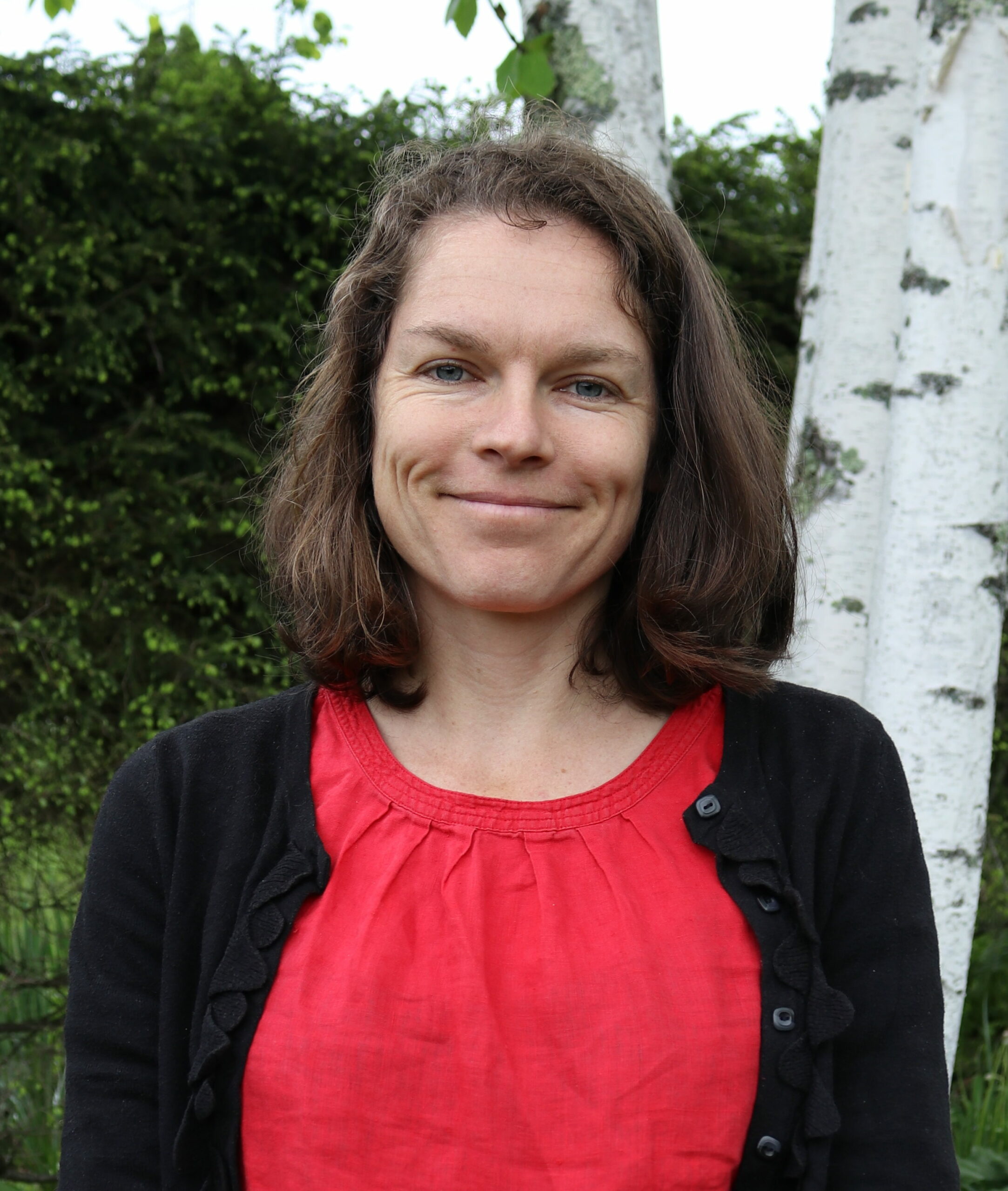
In mid-March, galvanized by a global pandemic, Sterling College in Craftsbury Common, Vermont, joined legions of educational institutions in the unanticipated experiment of quickly transitioning to distance learning.
For Sterling, a rural college committed to experiential education—much of our coursework happens in fields, forests and streams and on the campus farm—this posed an additional challenge of transitioning field-oriented scholarship to the online space.
Read: Updated: 98 free higher ed resources during coronavirus pandemic
Retaining course fieldwork
Like educators worldwide, we began immersing ourselves in the finer points of Zoom and Google Docs. But Sterling faculty understood from the start that success would be more dependent on clear structure, regular engagement and good pedagogy than on any specific technology. Without this, ambiguities might be magnified or, worse, students might just drift away.
We also understood that if we took a creative approach, most of our learning objectives would still be within reach. As one of our faculty put it: “We must strive to keep the field, the farm, the forest and the community in the coursework.”
“We must strive to keep the field, the farm, the forest and the community in the coursework.”
And so, some two months in, we find that not everything is strictly happening online. Among the examples are:
- Students of “Ancestral Lifeways of the Southwest”—a field semester course underway in Arizona when they were forced to disperse—have been learning how to build a hand drill fire in their bathtubs, basements and backyards. They are practicing with branches of seep willow, saguaro cactus ribs, and juniper bark shipped by professor David Gilligan.
- Students in Allison Van Akkeren’s “Community Food Action” class—who would normally have been working in area food shelves, elementary schools and other outreach programs—have been making jam, planting seedlings and fermenting yogurt, and turning the work into “Grow Your Own” videos.
- For her “Wilderness First Responder” course, Van Akkeren created an incident video—someone injured while tapping a maple tree to make maple syrup—asking students to respond with a Subjective Objective Assessment Plan (SOAP) note. “They’ve written some of the best SOAP notes in all my years of teaching,” she says.
Students have worked hard to transition. “I think the first month of distance learning was really tough,” says student Xiaochun Zhang from Rochester, New York, who made a “Grow Your Own” slideshow involving foraging for wild foods. “It has been getting better. … When teachers give students enough time to talk and share in Zoom sessions; offer extra Q&A sessions; share recorded lectures, instructions and other materials; and follow up frequently, distance learning can be a rewarding experience.”
Read: How coronavirus tested a graduate program launch
Building connections
For a school that prides itself on experiential learning, Sterling had embraced the potential of online education before the pandemic. With the help of a $1.5 million grant, the college created EcoGather, a first-of-its-kind tool designed to bring communities from around the globe together online.
The platform turns traditional “distance learning” into place-based, community-focused education that is dedicated to the regeneration of ecosystems, communities and local economies. The first course, an online conversation called “Surviving the Future,” attracted 240 continuing education students from 17 countries.
“I’ve been blown away by the students’ passionate expressions of need, not just for the course content but also for the sense of community they’ve begun to build,” says Philip Ackerman-Leist, who co-leads the course.
While currently only a continuing education option, Sterling’s undergraduate students will reap benefits as EcoGather increases the diversity of educational opportunities, reinforcing the “systems thinking” approach Sterling has been using for decades. For faculty, the platform will be an additional tool available to connect their students with place-based work around the globe.
This semester, none of us would have chosen to teach our students from a distance—just as none of us chose that a pandemic would require distance for health and safety. But we—students and faculty—are working through the challenges, as students and teachers around the nation and the globe are doing. Communications, collegiality, creativity and commonality of purpose are helping us through. But we await the day when we can safely welcome our students back to the field, the farm, the forest, the community, and, yes, the classroom.
Laura Spence is dean of Academics and a member of the Ecology faculty at Sterling College in Vermont.
UB’s coronavirus page offers complete coverage of the impacts on higher ed.





